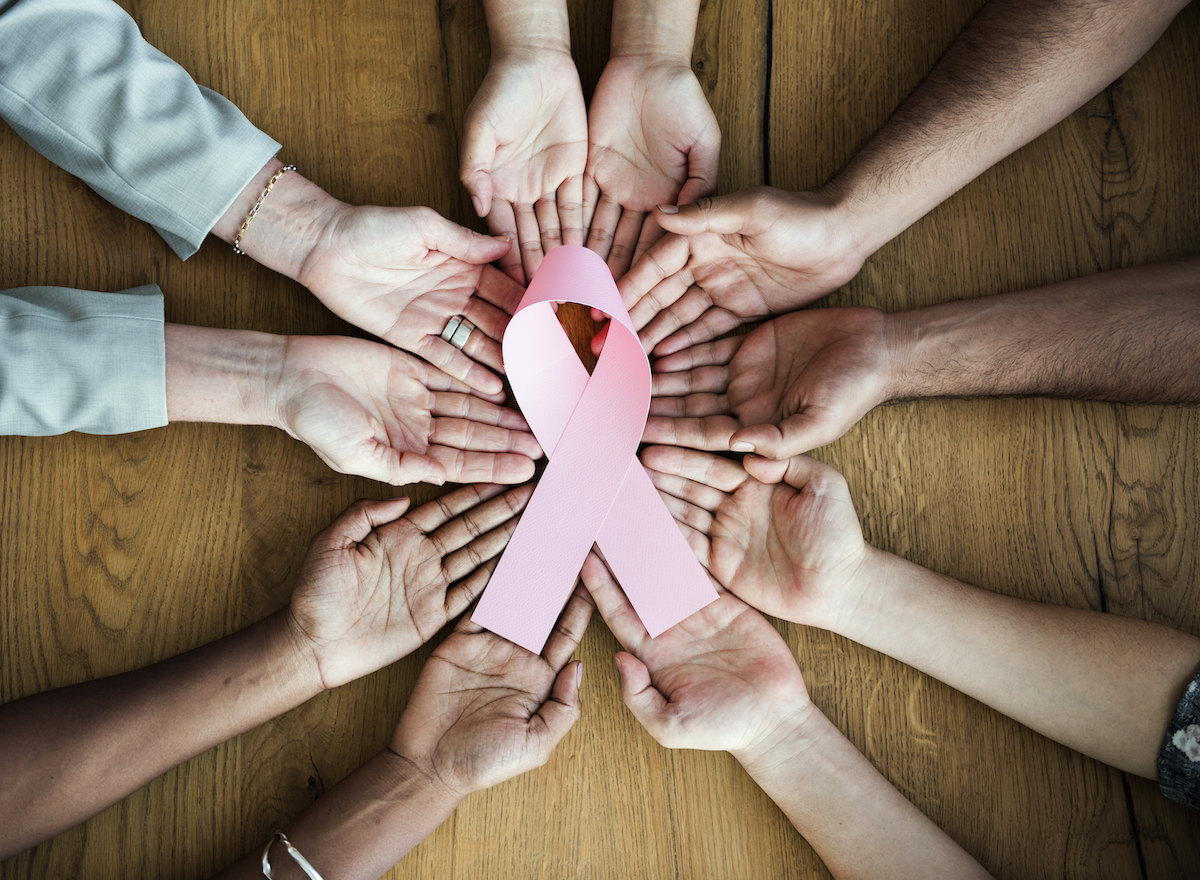
In high-income countries, the breast cancer mortality rate has decreased by 40% between 1980 and 2020, as reported by the World Health Organization (WHO) (1).
Firstly, this significant decline can be attributed to advancements in screening techniques and diagnostic tools, enabling the early and more frequent detection of breast cancer, thereby facilitating more effective treatment :
While the first mammograms were conducted in the 1970s using X-rays, technology has since evolved to enable numerical and three-dimensional (3D) imaging. Additionally, artificial intelligence is poised to play a pivotal role in the interpretation of these images (2).
Genetic screening is another critical diagnostic tool, especially as 5 to 10% of breast cancers have a hereditary component. Genetic counseling is essential to guide individuals on whether they should undergo testing (3).
Moreover, the success of awareness campaigns in raising public consciousness about the importance of screening cannot be overstated.
Secondly, advances in treatment options and their efficacy have significantly contributed to the reduction in breast cancer mortality.
Techniques like oncoplastic surgery, which involves the removal of cancerous tissue while simultaneously reconstructing the breast, have proven more successful in eradicating cancer from the breast compared to other procedures. In cases of a high risk of breast cancer due to hereditary mutations in specific genes, risk-reducing mastectomy emerges as the most effective method to minimize this risk (4).
The personalization of treatment has also improved survival rates. Hormone therapy, particularly for hormone-receptor positive cancers, has been of great importance. These drugs can be prescribed to reduce the risk of relapse, treat recurrences, or halt metastasis. Furthermore, recent developments in targeted drug therapy have further refined cancer treatment, making it more tailored to individual needs (5).
We at Lifency are proud to work with companies involved in the fight against breast cancer !
Sources:
(1) World Health Organization : WHO & World Health Organization : WHO. (2023). Cancer du sein. www.who.int. https://www.who.int/fr/news-room/fact-sheets/detail/breast-cancer
(2) Un sujet qui tient à cœur : plus de 50 ans de dépistage du cancer du sein à la loupe. (n. d.). https://www.siemens-healthineers.com/fr-be/press-room/healthcare-tendances/histoire-depistage-cancer-sein
(3) Genetic Testing for Hereditary Breast and Ovarian Cancer | CDC. (n. d.). https://www.cdc.gov/genomics/disease/breast_ovarian_cancer/testing.htm
(4) History of breast Cancer Care | Tufts Medical Center. (n. d.). https://www.tuftsmedicalcenter.org/patient-care-services/departments-and-services/cancer-center/clinical-care-services/breast-health-program/history-of-breast-cancer-care
(5) Breast cancer Treatment | Treatment options for breast cancer. (n. d.). American Cancer Society. https://www.cancer.org/cancer/types/breast-cancer/treatment.html
